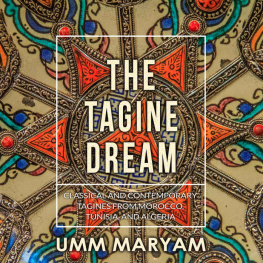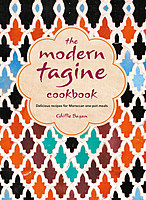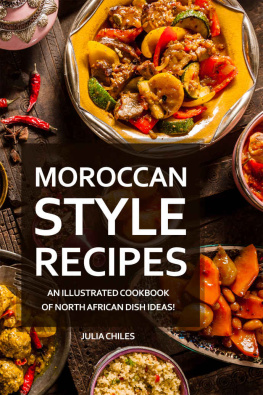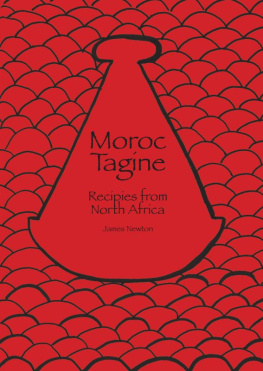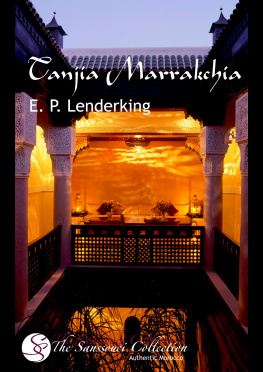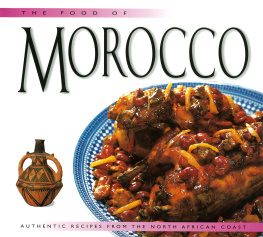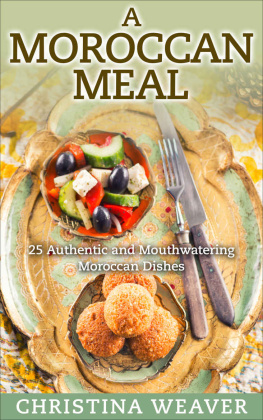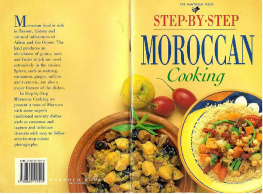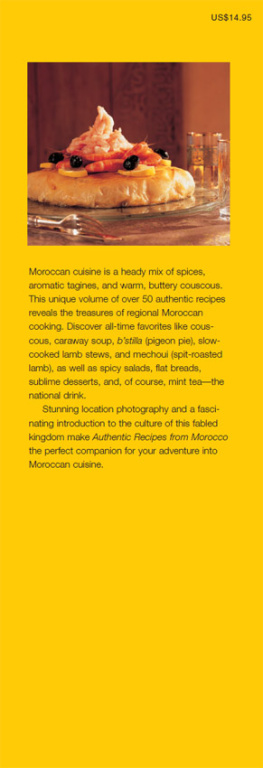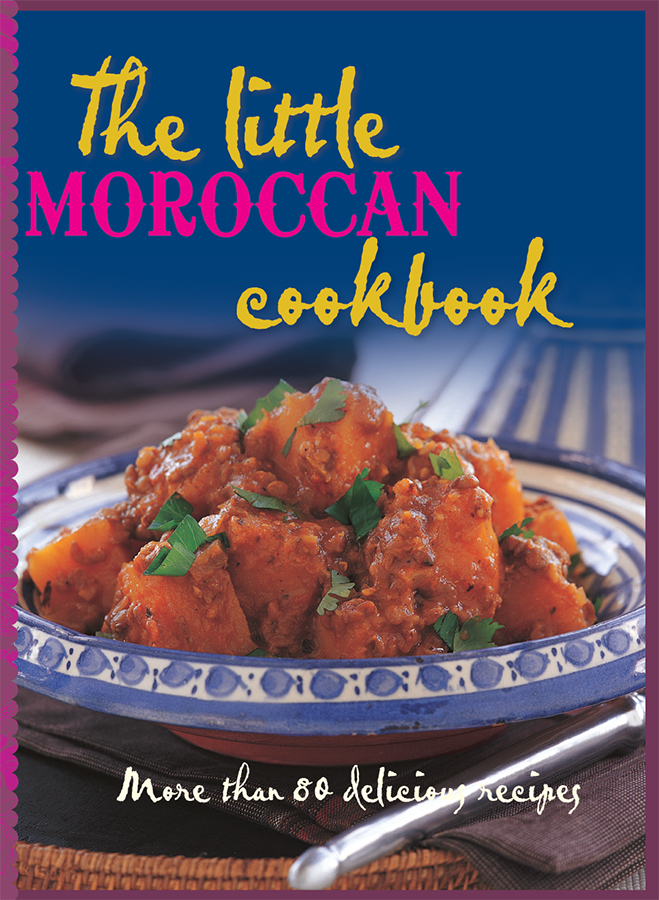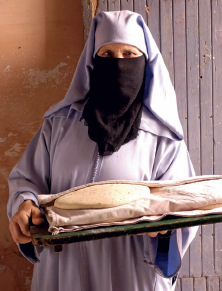Moroccos Food Pedigree Is Enviable And Unique, With Arabic, Persian And Andalusian Influences, As Well As The Cooking Of The Berbers.

Phoenicians and Carthaginians, Romans and Byzantines all had their time in what is now Morocco. The former traded along its Mediterranean shores in ancient times, planting olive trees and vines, while the empires of Rome and Byzantium included Mauretania, as it was then known, along with the remainder of North Africa. However, it was the forces of Islam erupting from Arabia in the late seventh century that had the most enduring influence on its culture, including its cuisine. To the Arabs, the area, from present-day Tunisia to Morocco, was known as the Maghreb (furthest west), a term still in use.
W hile Moroccos population is 80 per cent Berber, the people are regarded as Arab-Berber. There is also a significant population of Africans from Senegal, Mauritania and Mali. There are two official languages Arabic and French, the latter from the French presence of 1912 to 1962. The French improved infrastructure and agriculture, planted vineyards and introduced viticulture. Their food legacy is baguettes, croissants, wine, coffee and some patisserie items.
The Berbers are believed to have originated in present-day Libya. Many of their customs continue today, such as their festivals and pilgrimages which last for several days. While the Berbers have their own language (with regional variations), it is not a written language. The culture of the Berbers today is strongly intertwined with Islam.
In 683, Arab soldiers reached Mauretania in their conquest to spread the message of the prophet, Mohammed, across North Africa. In 711, the Arabs, together with recruited Berbers, invaded the Iberian Peninsula (todays Spain and Portugal), dominating the region for the next seven centuries. As the Berbers were then known as Mauris, the invading forces became known as the Moors.
The Arabs named the peninsula Al Andaluz and introduced the cultivation of the saffron crocus, various citrus fruits, figs, pomegranates, spinach, eggplants, almonds, rice and sugar cane, and these subsequently filtered down to Morocco. The full extent of Arabic culture, learning, medicine, cookery, architecture and agriculture took flower in Al Andaluz, especially from the tenth century.
From the eleventh century to the thirteenth century, the Berber dynasties of the Almoravides and the Almohades ruled in Al Andaluz and Morocco. The lavish court kitchens of Fes, Rabat, Meknes and Marrakesh were the conduit by which new foods were introduced and recipes refined, a process that continued with later Berber dynasties. The cuisine that evolved makes the most of the ingredients Morocco produces in abundance, with flavours enhanced by new spices introduced by the Arabs. This is evident in dishes that use fruit for the sweetsour flavours they impart, evolving into dishes that can only be Moroccan.
Traces of Ottoman cooking filtered into Moroccos north-east from Algeria, reached in the western expansion of the Ottomans. Stuffed vegetables can be attributed to this influence, as can the kebabs that are found all over Morocco. In some cafs, Turkish coffee is available, although it is usually French in style. Mint tea is the universal beverage.
The reconquest of Spain came to an end in Granada in 1492 with the expulsion of the Moors and Jews who would not convert to Catholicism. Many Jews settled in Morocco, with their recipes enriching the tapestry of Moroccan food.
With the discovery of the New World, tomatoes, potatoes, squash and sweet and hot capsicums (peppers) were adopted and added new dimensions to Moroccan cuisine. Dried hot, mild and sweet chillies and capsicums also gave them additional spices chilli, cayenne pepper and paprika.
FROM THE PALACES
It was in the palaces of the ruling Berber dynasties of the fourteenth century that Moroccan cooking began to take shape. The lavish court kitchens were the conduit by which new foods and recipes were eventually introduced to household kitchens. The famed bestilla, a pie of pigeons redolent with herbs and spices, lemony eggs and sweetened almonds, enclosed in tissue-thin warkha pastry, eventually emerged a marriage of Berber cooking and Arab influences drawn from its Persian heritage. Via the Silk Road, the Persians had learned the art of making thin pastry from the Chinese.
THE NORTH
Tetuan, Tangier and environs reflect Andalusian influences, making great use of olive oil, capsicums, tomatoes, saffron and wild artichokes, and include tortilla-like omelettes and rice dishes. There are even tapas bars in these cities vestiges of Spanish Morocco (1912 to 1956). Tetuan is also famous for its nouga (nougat) another Spanish influence. In Tangier, fish is plentiful, with Mediterranean and Atlantic fish caught in its waters. In the north-west of this region, the blossoms of the bigarade (Seville) oranges are distilled commercially to make zhaar (orange flower water).
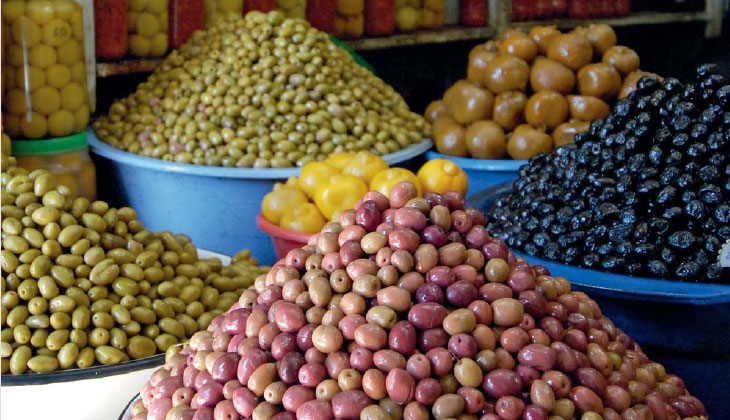
In the Rif Mountains, the Berbers are fond of breks, a Tunisian favourite that has been adopted by Moroccans, and make couscous with sorghum, a grain with a buckwheat-like flavour. Azenbu is another popular couscous, made from green barley toasted in a pan with wild thyme, then cracked and steamed, and served with a bowl of buttermilk. Chorba bissara, a soup of dried broad beans, is a local breakfast staple, and a market favourite. Walnuts and chestnuts thrive, both good market crops for local souks and north coastal cities.
From the northern city of Fes to the west coast at Rabat, the Sebou Valley and the Sais Plain is rich agricultural country the bread-basket of Morocco. The area produces wheat, pulses, barley, sunflowers, olives, citrus fruits, grapes and vegetables, with rice grown in the Gharb region. Cattle is raised in this area but slaughtered at the yearling stage, with the beef not as full-flavoured as mature beef, and often referred to as veal.
CENTRAL MOROCCO
West of the Middle Atlas lies the city of Marrakesh, with its walls surrounded by date palms and orange groves. One of Marrakeshs famous dishes is tangia, a slow-cooked meat stew traditionally prepared by men. Another favourite is kneffa, a festive dish of fried warkha pastry layered with almond custard and toasted almonds. Tkout, which is better known as sellou, is a mixture of browned flour, almonds, sesame and anise seeds, honey, cinnamon and butter, served in a peaked mound. Guests eat it communally with small coffee spoons.
In the eastern Middle Atlas at Kelaa el Mgouna in the Dades Valley lie the famous rose gardens, with the fragrant fresh roses used for rosewater, the dried buds for spice stores. In Ouarzazate, where buds are distilled to make rosewater, a Rose Festival is held in mid May. Saffron is grown in the region, with its centre at Taliouine in the Anti Atlas, west of Ouarzazate. On the eastern side of the Middle Atlas, bordering Algeria, are the Erfoud Oases Tafilalt, Rissania, Seffalat, Aoufous and Jorf with a million date palms comprising some 30 varieties of dates.







